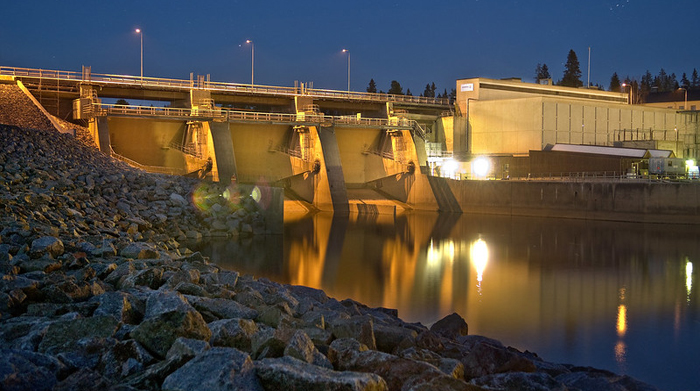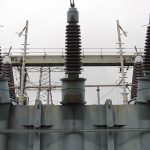DOE Launches Hydropower Fleet Modernization Program

Image courtesy of Vattenfall under CC BY-NC-ND 2.0 generic license, resized to 700 x 391 pixels.
The Dept. of Energy (DOE) has issued a Request for Information (RFI) seeking input on the Bipartisan Infrastructure Law’s hydropower fleet modernization program, which aims to invest approximately $630 million in hydropower facilities in the coming years.
Why the Biden Administration Wants to Bolster the Nation’s Hydropower Fleet
The hydro modernization effort, known as “The Maintaining and Enhancing Hydroelectricity Incentives Program,” is in support of President Biden’s goal to achieve net-zero emissions by 2050. The Program is part of the DOE’s $62 billion budget for investing in clean energy projects through the Bipartisan Infrastructure Law.
While hydropower currently supplies only about 6% of the electricity consumed in the U.S., it accounts for a whopping 93% of all utility-scale energy storage. This means that it is one of the few clean energy sources in operation that can provide power when environmental conditions are not cooperating.
The Maintaining and Enhancing Hydroelectricity Incentives Program is providing just over $553 million for capital projects designed to enhance and upgrade existing hydro facilities by focusing on grid resiliency, dam safety and environmental improvements, plus another $75 million for operators that can implement enhancements to increase efficiency by 3% or more.
The goal of the RFI is to get feedback from a variety of stakeholders around things such as the impact on other clean energy initiatives, how the funding should be structured and distributed, what the selection criteria should look like, the perceived impact on the environment, etc. In other words, the idea is to get everyone on the same page by aligning expectations and, when necessary, meeting in the middle on divisive issues.
Although this may be nothing more than a blip in the grand scheme of things, I applaud the effort. The more robust the country’s hydropower fleet is, the more reliable the power supply will be. To what extent that happens, well, that remains to be seen!



